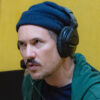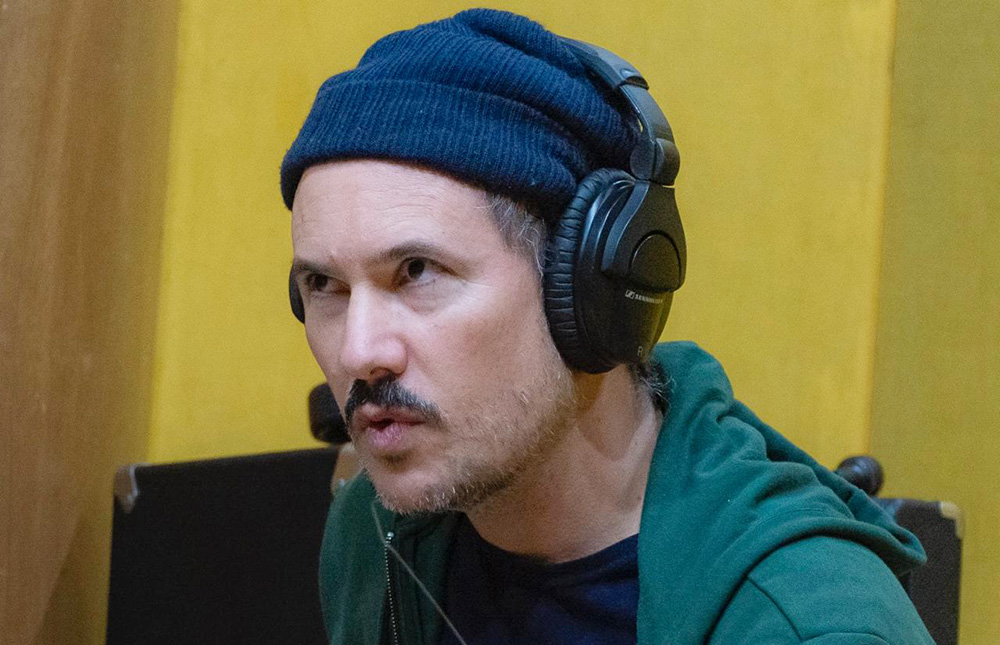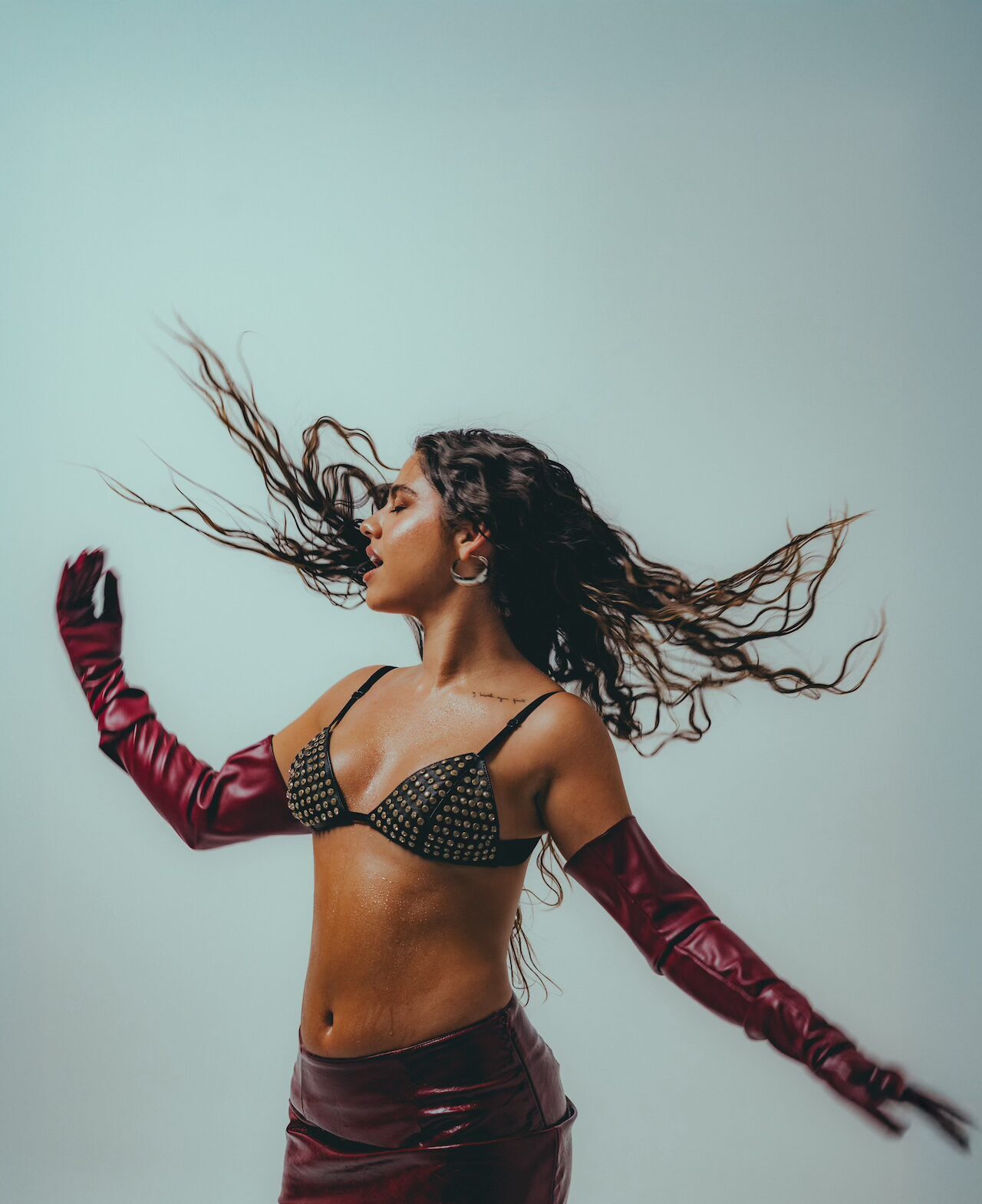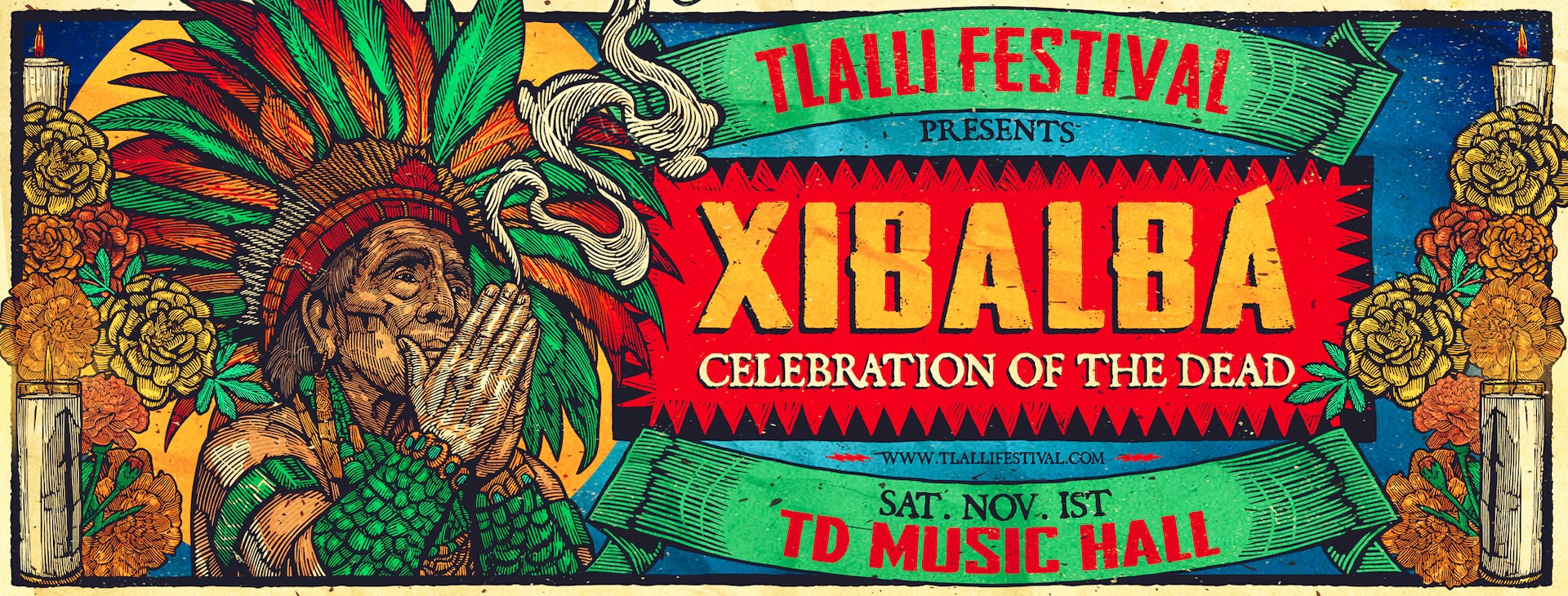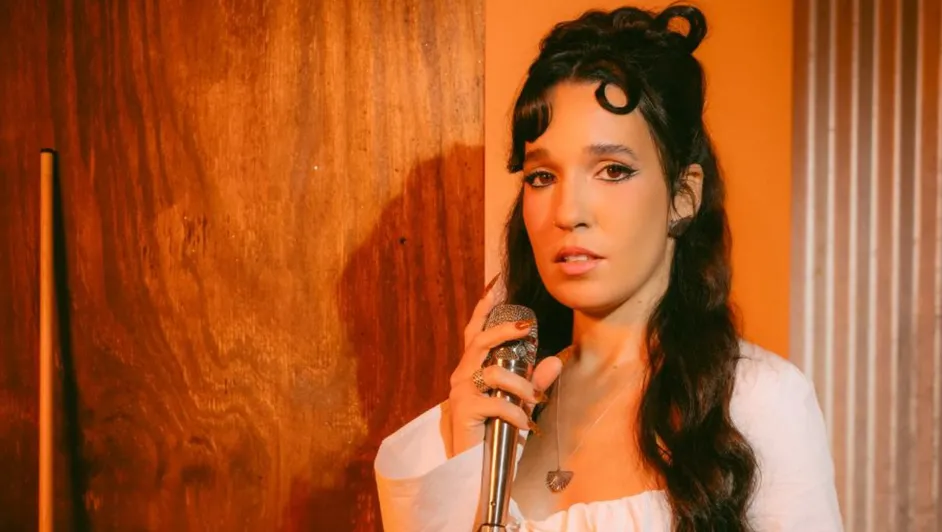We’ve already explored the new outbreak of psychedelic cumbia. It’s a round trip between the past and the present that fascinates us, from the vintage wave of Los Mirlos to the feminine revival of Los Bitchos, graced by expansive and revolutionary projects such as Afrosound in the 70s or the Meridian Brothers of recent.
So, on this mission to dig and discover, it’s tempting to dive in and see what happens in a city like Lima. Let’s not forget that the crossover between cumbia and psychedelia began right there in Peru in the mid-60s. This is how chicha music and culture were born. It had a lot to do with taking Afro-Colombian rhythms from the hallucinogenic experiences of sixties rock, of course, but the formula wouldn’t be complete without huayno, a folk music of Andean origin that was already spreading through the Lima suburbs.
From the outskirts of the city, more precisely from the Rimac district, came Los Destellos. They’re considered the pioneers of Peruvian cumbia. The group was founded in 1966 by guitarist Enrique Delgado, who spent an academic period at the music conservatory and then had the vision to introduce the sharp sound of the electric guitar in the context of a cumbia band. In the heyday of beat music, Delgado ventured to replace traditional trumpet or accordion arrangements with amplified guitars and psychedelic effects such as fuzz. They became a popular phenomenon and a huge commercial success.
Los Destellos’ first records – released between 1968 and 1970 – are considered the foundations of Peruvian cumbia, including its Pacific, Andean, and Amazon waves – although at that time they also flirted with guajira, guaracha and boogaloo. It was the kickoff of the psychedelic cumbia that soon continued to grow with bands like Manzanita y su Conjunto, Los Orientales de Paramonga and Los Ecos.
Originally from Moyobamba, in the north of the country, Los Mirlos are rightly called one of the fathers of Amazonian cumbia, a title they share with bands like Los Wembler’s de Iquitos. Also from the jungle area, but further to eastern Peru, from the city of Pucalipa, came Juaneco y su Combo. The Peruvian Amazon is a magical region full of charms that gave a special color to this music. Juaneco stands as a family legacy, headed by the heir sons. Los Mirlos, meanwhile, are still active with two of its founding members.
In the mid-70s, Peruvian cumbia was consolidated as a music genre. Then the so-called “cumbia trilogy” burst onto the scene: Agua Marina, Armonía 10 and Grupo 5. These bands no longer had as much of a psychedelic vibe as their predecessors but emphasized their local identity with an orchestral lineup. All of them, and many more, have performed at El Huaralino, a venue placed in the northern cone of Lima with 40 years of history, leaving behind its sports utilities to become a classic of the tropical and folkloric scene.
Today in Lima you can see some tributes to Agua Marina and Armonía 10, such as “El Real Cumbión Vichamero” by Proyecto Jay, but you can also see a new “Trilogía de la Cumbia” on stage: Barrio Calavera, Olaya Sound System and La Nueva Invasión. These bands not only get together to put on their own parties and concerts but also take chicha and psychedelic cumbia as key ingredients in their musical blender, from a more alternative approach that mixes punk, ska, reggae, and bolero.
These bands, however, aren’t the first nor the only ones to address tropical music from alternative rock. Originally from Lima, and with a twenty-year career, Bareto is one of the indisputable names in this field. They have their own great songbook, but they also tend to pay homage to the greats of Peruvian cumbia, recreating classics from Los Destellos and Los Mirlos. They fill the halls of their hometown and have even toured the US.
Also from Lima, new bands like Hit La Rosa appear, called to revive the scene of tropical psychedelia. Led by the magnetic voice of Chaska Páucar, this band ventures with a post-punk nerve through the most lysergic areas of Peruvian cumbia, without losing sight of other Latin genres such as salsa and bolero. Their two albums to date are psychedelic parties that rise from the heart of the jungle to take over the streets of Lima.
Lima offers different spaces and spots to become magnetized to the charms of cumbia. It may be useless to look for a club or pub that is totally dedicated to psychedelic cumbia. It’s definitely more about scheduling the special nights that focus on these jungle and hypnotic sounds in places like Vichama, in downtown Lima, or Sargento Pimienta, in the quaint neighborhood of Barranco. In those settings, precisely, we can find bands like Los Chapillacs, originally from Arequipa but quite regular at gigs in the Peruvian capital.
Last but not least, there’s a large and colorful electronic cumbia scene in Lima, clearly influenced by the jungle and psychedelic sounds of the Amazon. Whether at nomadic parties or outdoor raves, it’s worth letting yourself be drawn to the beats of artists like Dengue Dengue Dengue. In any case, if it appears on the Lima agenda, you shouldn’t miss the Fiesta Matadero, where Ursula Talavera, aka DJ Shushupe, usually lights up the dance floor and where LGTBI Pride Day is also celebrated properly.



